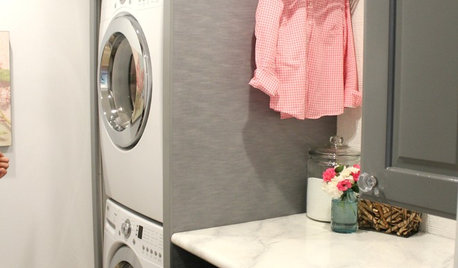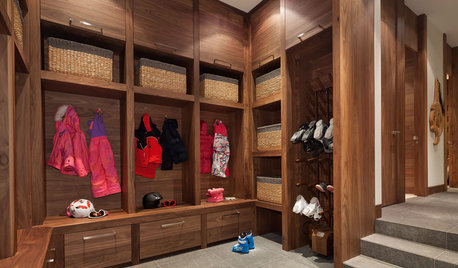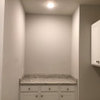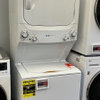ASKO Washers & Dryers, Part 6
steve_a
14 years ago
Related Stories

DOORSKnow Your House: Interior Door Parts and Styles
Learn all the possibilities for your doors, and you may never default to the standard six-panel again
Full Story
REMODELING GUIDESContractor Tips: Advice for Laundry Room Design
Thinking ahead when installing or moving a washer and dryer can prevent frustration and damage down the road
Full Story
LAUNDRY ROOMSA Kitchen Laundry Cabinet Full of Surprises
A little DIY spirit allowed this homeowner to add a washer, dryer, kitchen countertop and dining table all in one
Full Story
KITCHEN DESIGNA Cook’s 6 Tips for Buying Kitchen Appliances
An avid home chef answers tricky questions about choosing the right oven, stovetop, vent hood and more
Full Story
LIFE6 Ways to Cool Off Without Air Conditioning
These methods can reduce temperatures in the home and save on energy bills
Full Story
LAUNDRY ROOMSHouzz TV: Mother of 6 Rocks Her Laundry Space
You may have read the story — now see in action the clever DIY solutions that make this laundry room an organizational heaven
Full Story
GARAGES6 Great Garage Conversions Dreamed Up by Houzzers
Pull inspiration from these creative garage makeovers, whether you've got work or happy hour in mind
Full Story
MORE ROOMS6 Places to Lift Your Spirits Right at Home
Cozy nooks and quiet corners can soothe and renew weary spirits, making the home a real sanctuary
Full Story
CONTEMPORARY HOMESHouzz Tour: Careful Space Planning Simplifies Life for a Family of 6
Redesigned rooms, streamlined cabinetry and strategic color choices keep this home organized and clutter-free
Full Story
MUDROOMS4 High-Performing Mudroom Ideas
Looking for entryway ideas with plenty of storage? Here’s how to make hooks, cubbies and drawers look great
Full StorySponsored
Most Skilled Home Improvement Specialists in Franklin County
More Discussions










great_lakes_state
hidroman
Related Professionals
Waianae Kitchen & Bathroom Designers · Richland Kitchen & Bathroom Remodelers · Toms River Kitchen & Bathroom Remodelers · Joppatowne Kitchen & Bathroom Remodelers · Beaumont Custom Closet Designers · West Valley City Custom Closet Designers · Bend Flooring Contractors · Bloomington Flooring Contractors · Cedar Park Flooring Contractors · Johnson City Flooring Contractors · Little Falls Flooring Contractors · North Liberty Flooring Contractors · Oxford Flooring Contractors · Pepper Pike Flooring Contractors · Whitman Flooring Contractorsliriodendron
great_lakes_state
janeannechovy
sshrivastava
liriodendron
fabbric
dualref
janeannechovy
asko_buyer
liriodendron
asko_buyer
rscatigno
rscatigno
corgilvr
sshrivastava